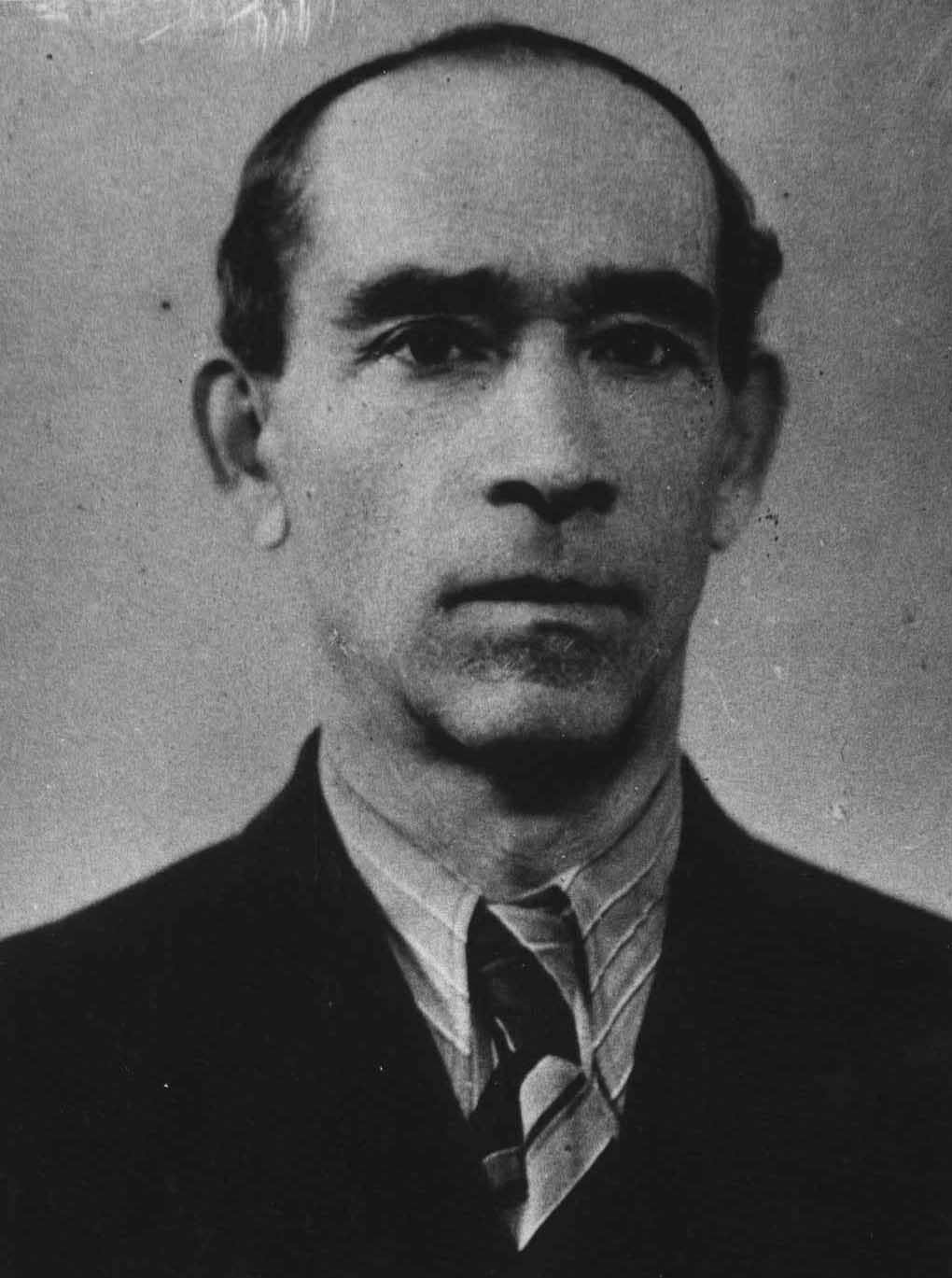
Petr Nikolayevich Golovin, one of the leading mycologists of the former Soviet Union, was born in Novocherkassk [formerly Donskoy, now Rostov-on-Don, Russia) on 12 July 1897. In 1917, he finished his studies at Novocherkassk Real College and, in 1923, as a student of Donskoy Agricultural Institute, he began his scientific and practical work in plant protection. In 1925, he was appointed as an instructor at Salsk District Station of Plant Protection. In autumn of the same year, the North-Caucasian Regional Station of Plant Protection sent him to the Leningrad [St Petersburg] Institute of Zoology & Plant Pathology. He studied there under a range of prominent scientists, including A.A. Yachevsky, G.N. Dorogin, V.G. Tranzschel and N.A. Naumov. The correspondence in which Golovin received opinions and advice from V.G. Tranzschel is still extant.
After graduating from the Institute, Golovin worked at the Central-Asian Institute of Plant Protection in Tashkent, Uzbekistan, from 1930 to 1933 as a senior expert plant pathologist. At the same time he worked at the Central-Asian Bureau of Plant Protection as an adviser on plant pathology, and at the Central-Asian Oil Station (later reorganized as the Central-Asian Centre for Selection) as a head of the Section of Plant Protection. In 1933, he moved to the Station of Plant Protection, where he headed the Plant Pathology Branch. From 1934, he worked at the Central-Asian State University, being senior lecturer in the Chair of Plant Anatomy & Morphology and head of the Mycological Laboratory. In 1938, he defended his candidate degree thesis "Fungi of the Pamirs", and in 1942 his doctoral thesis "Powdery mildew fungi of Central Asia". In the next year, he was awarded the academic status of professor and was appointed head of the Chair of Non-flowering Plants at the Central-Asian State University, where he worked until 1951.
In Tashkent, in addition to his scientific and educational work at the university, Golovin acted as a consultant for numerous other institutions concerned with plant protection, including the Station of Plant Protection and the Quarantine Inspectorate. At that period in his life he made annual expeditions. Between 1934 and 1950 he surveyed different areas of Central Asia, including the Pamirs, the Central and Western Tien-Shan mountains, and the deserts of Kzyl-Kum and Kara-Kum. Before 1934, the diversity of fungi in Central Asia had been estimated as approximately 800 species. After Golovin's investigations, these estimates were substantially increased (he alone described 200 new fungal species). At the Chair of Non-flowering Plants of the Central-Asian State University, he established mycological index-card files and a dried fungal reference collection. These were significant in terms of both species composition and quantity of specimens collected from different parts of Central Asia. As a result of Golovin's survey work, the fungi of the region became as well studied, as, for instance, those of the Caucasus.
A simple listing of the topics he dealt with is ample evidence of the breadth of his work as a mycologist and plant pathologist. His studies included research into the rôle of fungi in plant protection, diseases of cotton (the main agricultural crop of Central Asia), and diseases of horticultural crops, melons and gourds. At the Central-Asian State University, Golovin presented the following courses: Lower Plants, General Mycology, Fungal Taxonomy, General Plant Pathology, Diseases of Cultivated Plants, Fungi of Central Asia, Fungi Imperfecti, Rust and Smut Fungi, Soil Fungi, Plant Pathology Techniques, and Diseases of Cotton. At the same time Golovin manage to be Dean of the Biology Faculty and Pro-Rector for Science in the University.
In August 1951, Golovin was appointment as a senior scientist in the V.L. Komarov Botanical Institute of the All-Union Academy of Sciences of the USSR, and moved to Leningrad [St Petersburg], where he worked till 1962. In that period, beside his research work, he trained a generation of students working on candidate and doctoral degrees, a total of more than 30 postgraduate students, who then worked in mycology and plant pathology in different regions of the USSR. From 1951 to 1962, Golovin published his most important works: monographs on powdery mildew fungi, papers dealing with the systematics of phycomycetes and ascomycetes, and with his Central-Asian collections. In collaboration with other scientists, all authorities of leading institutions (the Central-Asian Institute of Plant Protection, the Leningrad [St Petersburg] Agricultural Institute and others) Golovin prepared the Dictionary & Reference Book for Plant Pathologists (first edition 1959, second edition 1967), Practical Work on General Plant Pathology (1967), and the textbook Plant Pathology.
P.N. Golovin died on 18 August 1968. His scientific works are known not only in countries of the former USSR, but also far beyond their bounds. In the monograph by S. Blumer, Echte Mehltaupilze (Erysiphaceae). Ein Bistimmungsbuch für die Europa vorkommenden Arten, Jena, 1967, for example, Golovin's taxonomic scheme for powdery mildews was used.
Summarized from: Gorlenko, M.V.; Dunin, M.S. (1969). Mycology & Phytopathology 3 (1): 94-99.
Lists. Publications. Taxa. Kirk & Ansell form of name: Golovin.